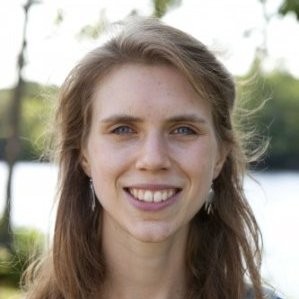
Glenn Swanson, a recent graduate from the Applied Statistics Master’s Program at Colorado State University, recently won first place in the Harmonized Pediatric Traumatic Brain Injury Hackathon put on by the University of Colorado School of Medicine.
The hackathon was a competition to create statistical models that could potentially help in a health care setting. The contestants were given a data set of 300 patients who had suffered a traumatic brain injury.
The ask was for contestants to produce two original models. The first model was meant to predict the hospital mortality of patients.
For this model Swanson created a logistic regression model to predict a binary outcome: yes, the patient survived, no, the patient did not survive.
“I was looking at the factors that would most heavily contribute to mortality,” Swanson said. “If coefficients like cardiac arrest or the administration of mannitol (a drug used in the event of cardiac surgeries) were present that would negatively impact the outcome of the patient’s survival. Essentially, the higher the number produced by this model, the lower probability of survival.”
The other model was meant to predict the total functional status score for a patient. The total functional status score is a combination of six functional category scores assigned by the physicians at discharge. In this competition, the score was assigned to patients based on 100 variables related to their hospital stay (intubation, admission to ICU, did they suffer from cardiac arrest during their stay etc.).
“The goal of the second model was to see if we could look at variables other than the subjective input of doctors to predict what a patient’s combined functional status scores would be based on the objective facts about their hospital stay,” she said. “The goal was to see if the model could predict a score that would align with the combination of scores that were determined by the doctor.”
The models developed by all the competitors could be utilized in additional research on this topic. Swanson said she thought her model might one day allow doctors to check certain boxes related to the patient’s experience and use it to help them triage their care, or plan for the patient’s expected outcome when they are released from the hospital. This competition was a start for this research, or “a baseline point to jump off of,” Swanson said.
In the end Swanson’s models were selected for their performance, simplicity, and transferability in the healthcare setting.
Swanson was thrilled to have won this competition, and said “it felt really great because I didn’t have a lot of confidence outside of my studies. I was able to use all the tools I had learned and to see that it was all validated was very gratifying. It definitely gave me that extra pep in my step when applying for jobs!”